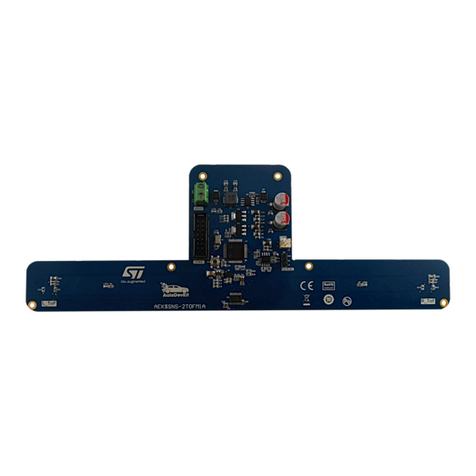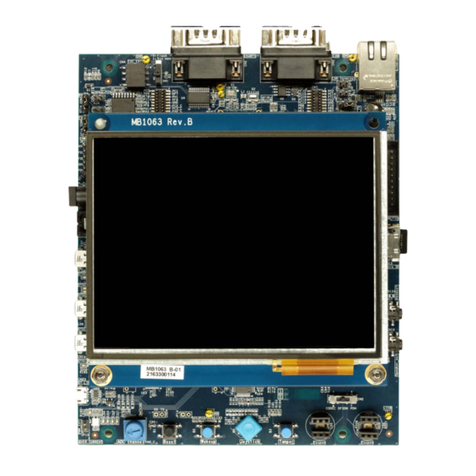ST NUCLEO-8S207K8 User manual
Other ST Motherboard manuals
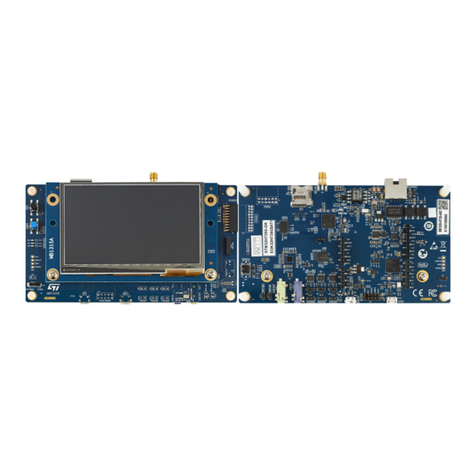
ST
ST STM32H735G-DK User manual
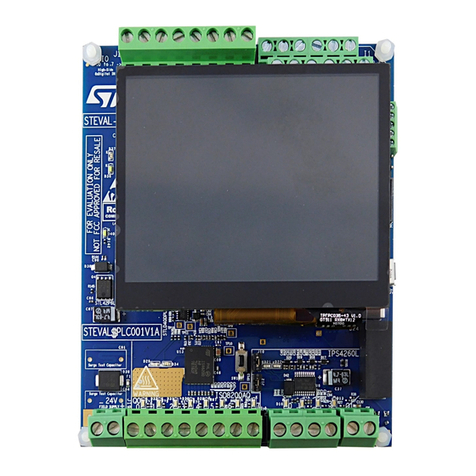
ST
ST STEVAL-PLC001V1 User manual
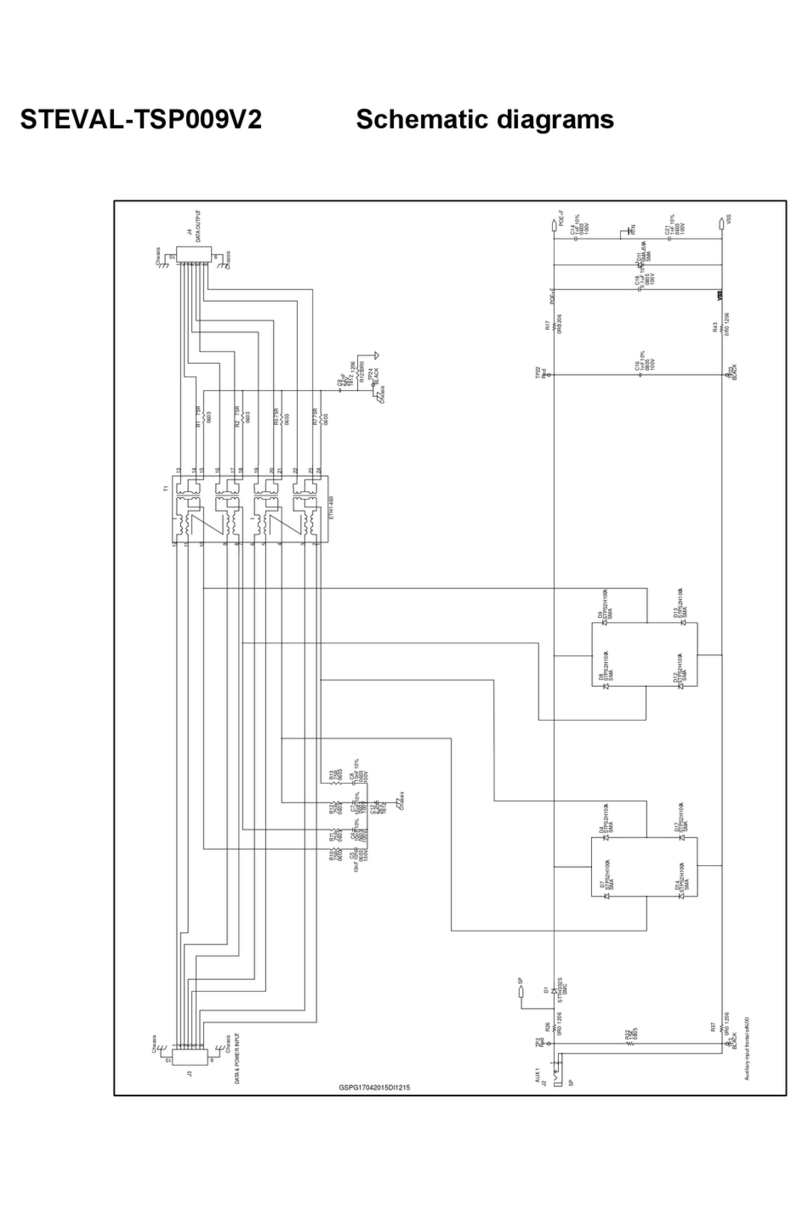
ST
ST STEVAL-TSP009V2 Administrator Guide
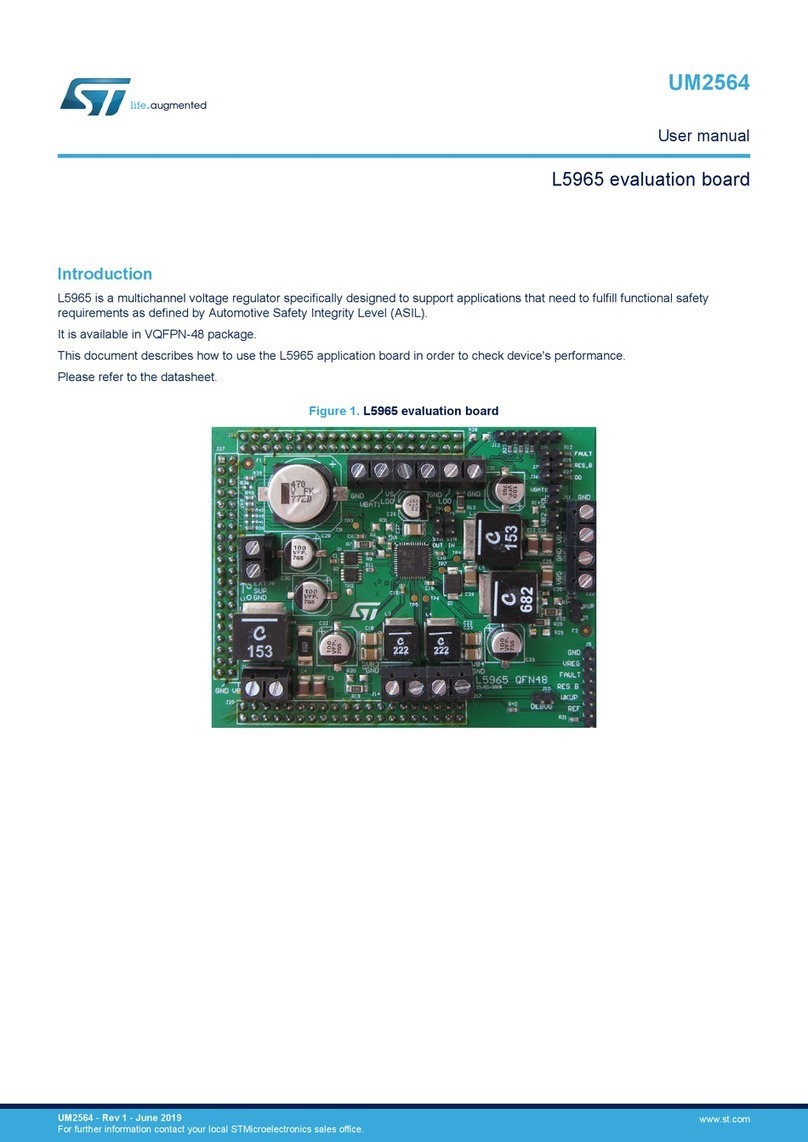
ST
ST L5965 User manual
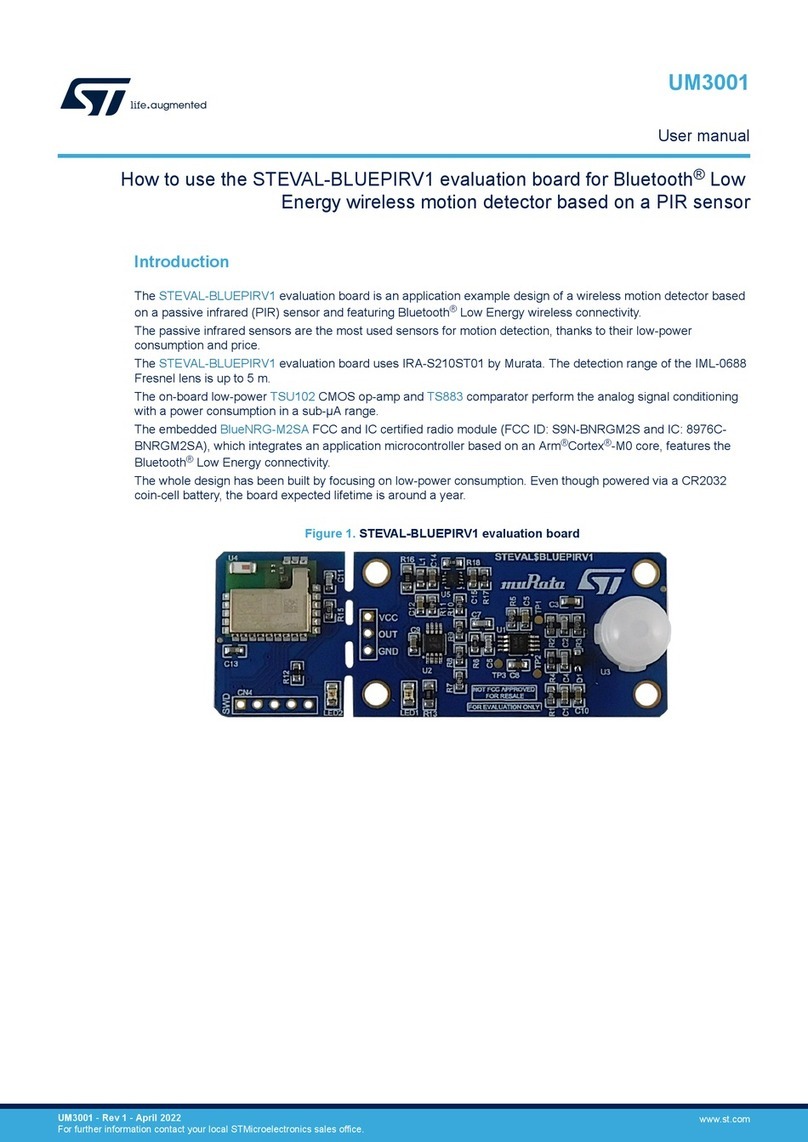
ST
ST STEVAL-BLUEPIRV1 User manual
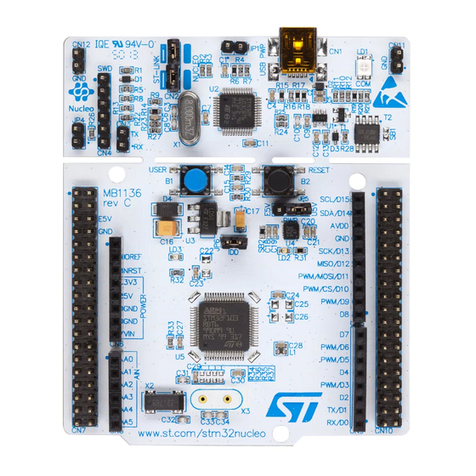
ST
ST Nucleo STM32F302R8 User manual
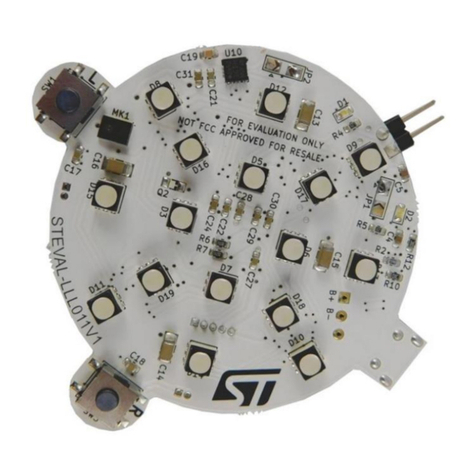
ST
ST STEVAL-LLL011V1 User manual
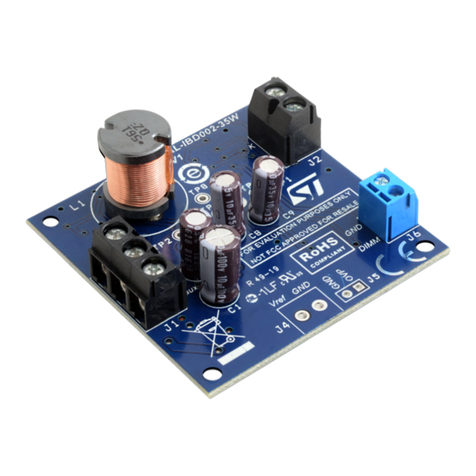
ST
ST EVAL-IBD002-35W User manual
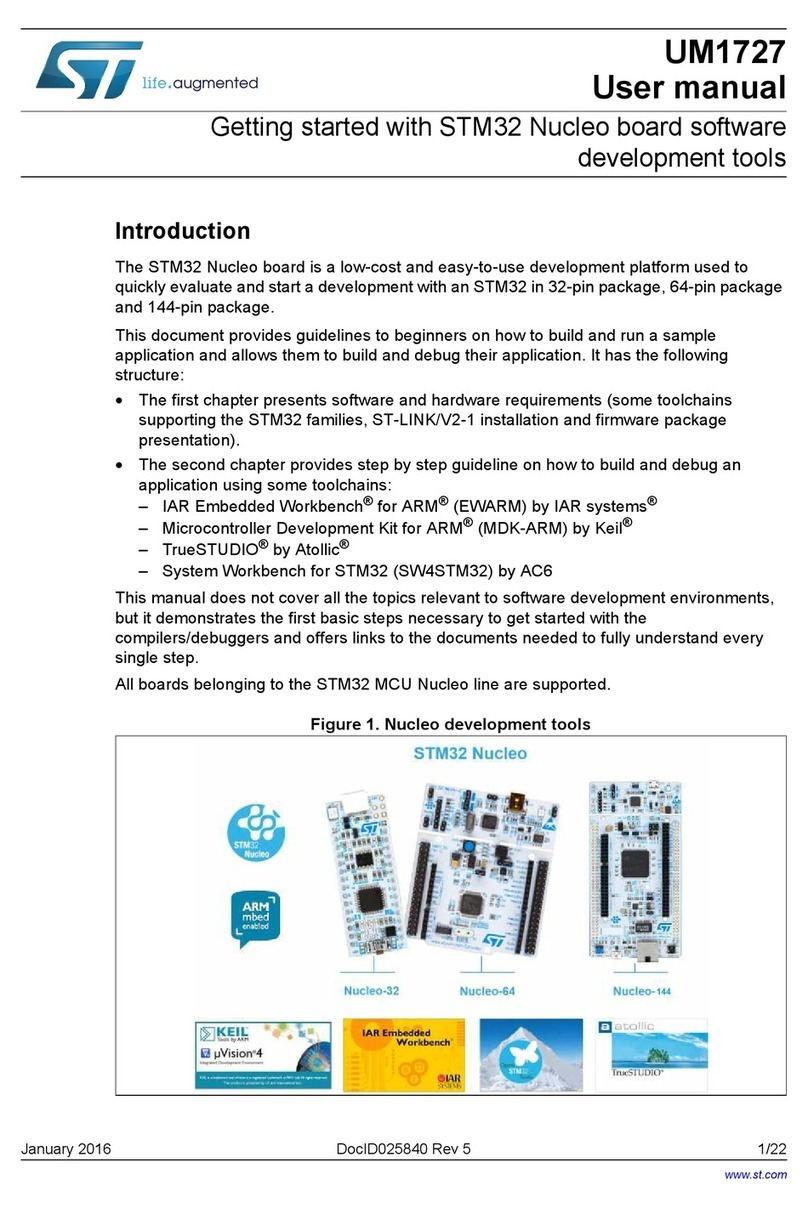
ST
ST STM32 Nucleo User manual
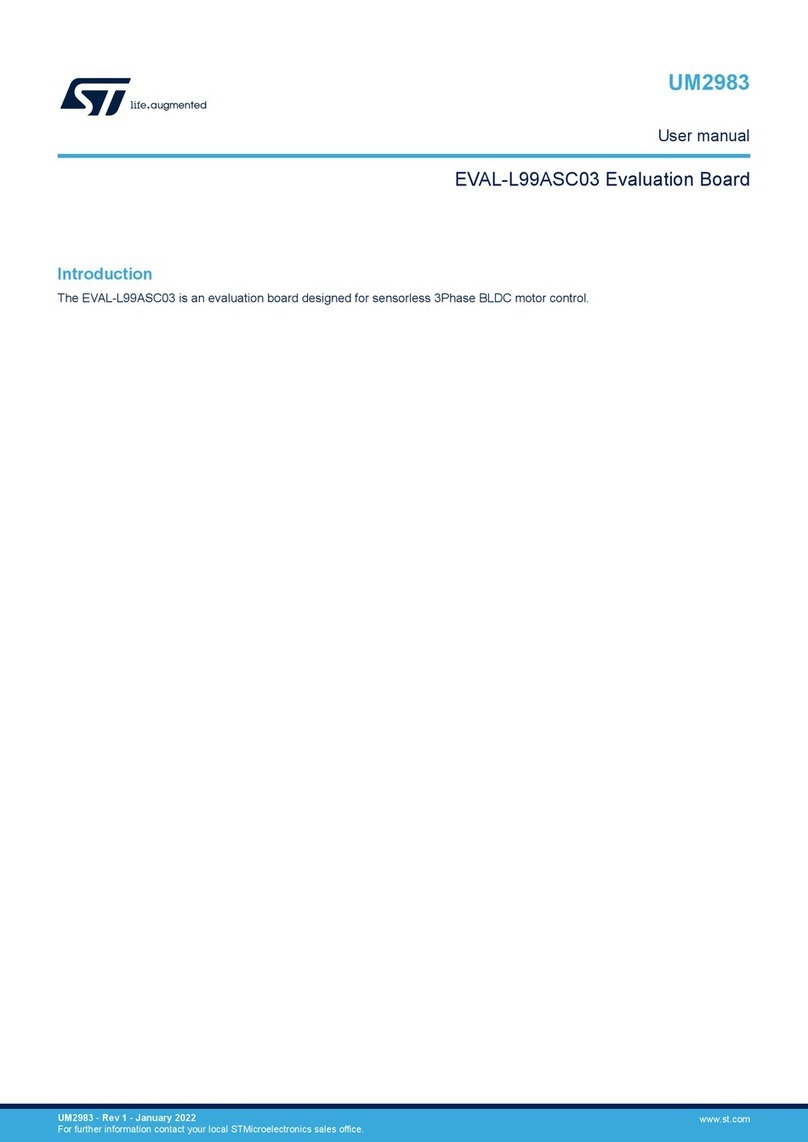
ST
ST EVAL-L99ASC03 User manual
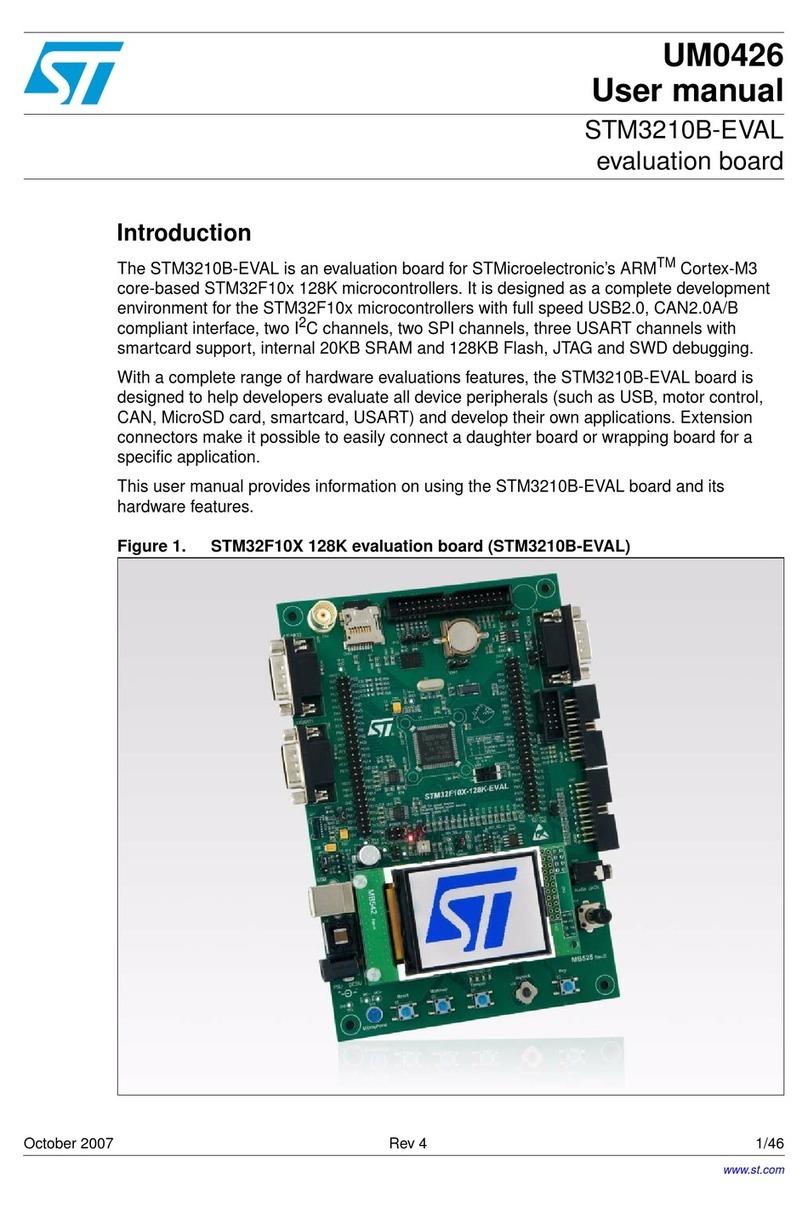
ST
ST STM3210B-EVAL User manual
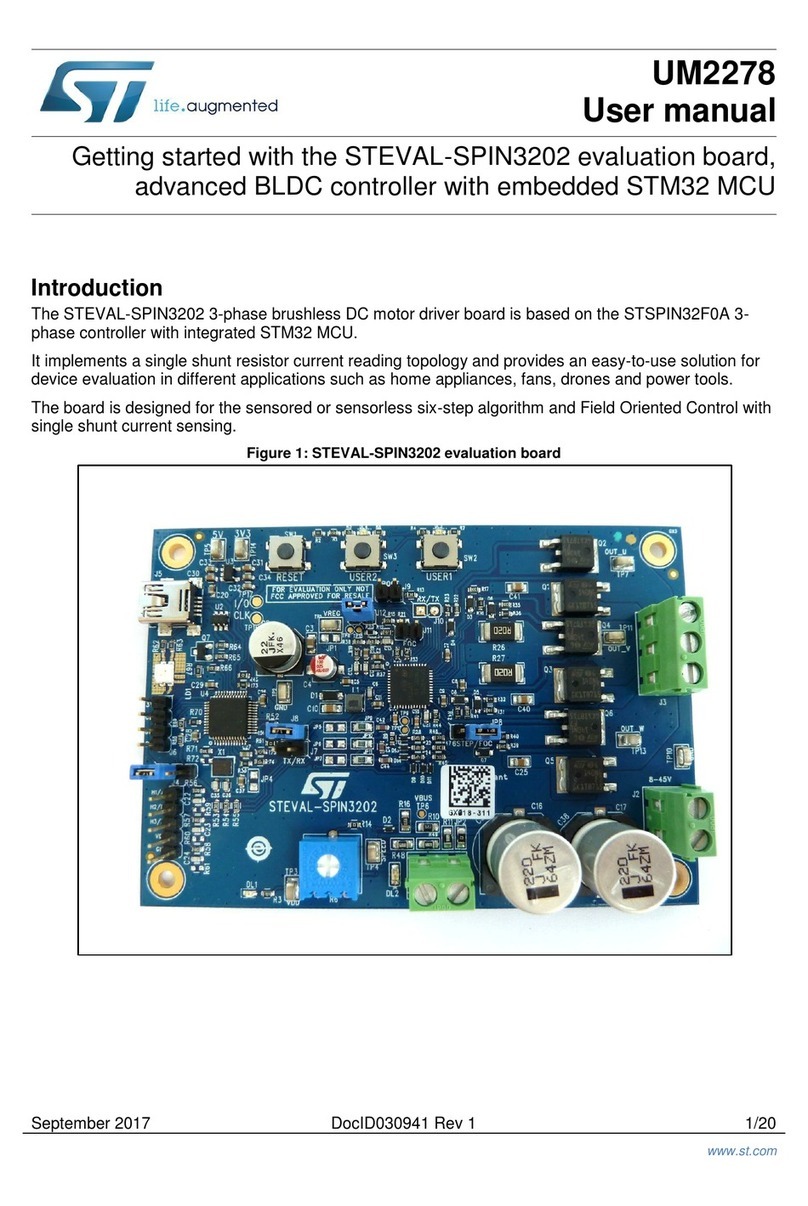
ST
ST STEVAL-SPIN3202 User manual
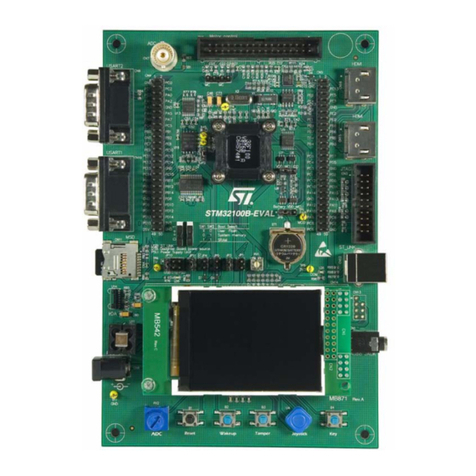
ST
ST STM32100B-EVAL User manual
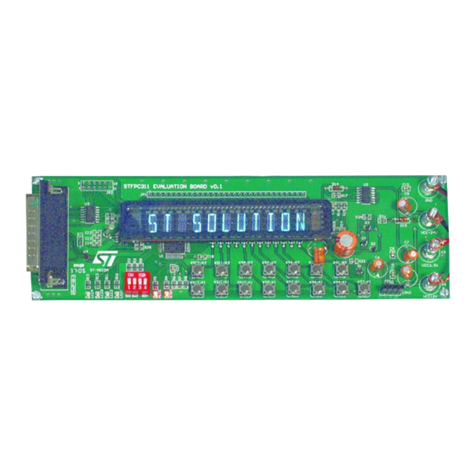
ST
ST STFPC311 User manual
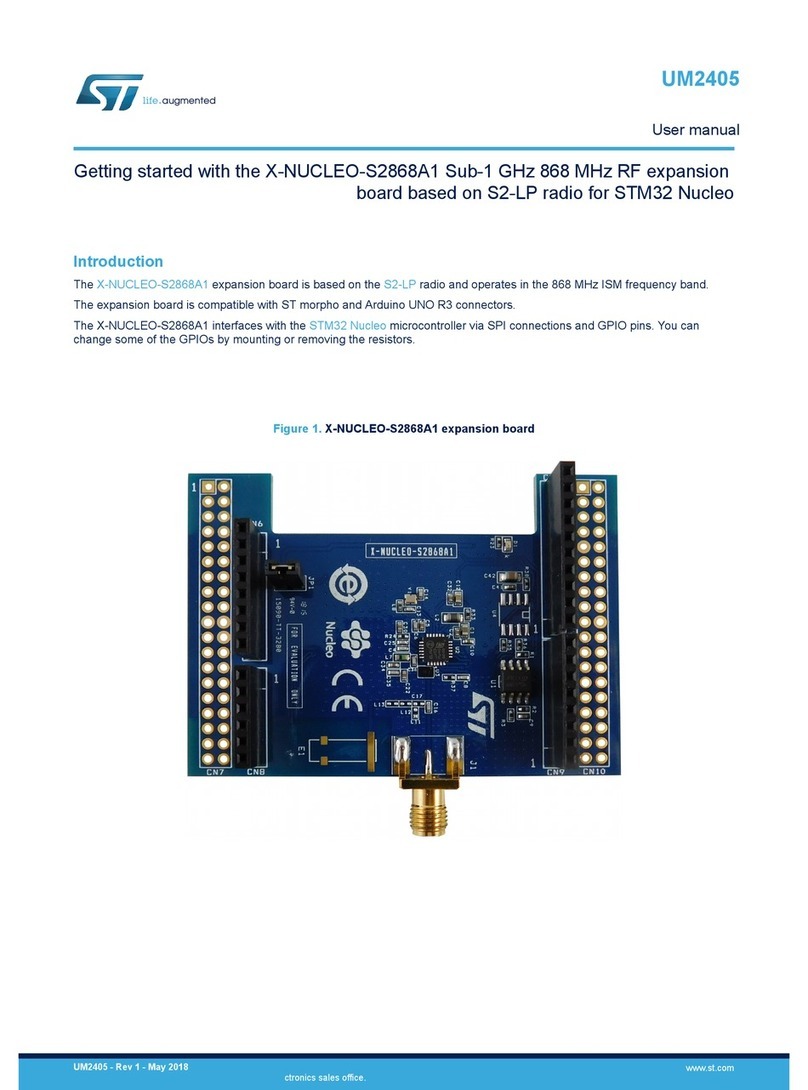
ST
ST X-NUCLEO-S2868A1 User manual
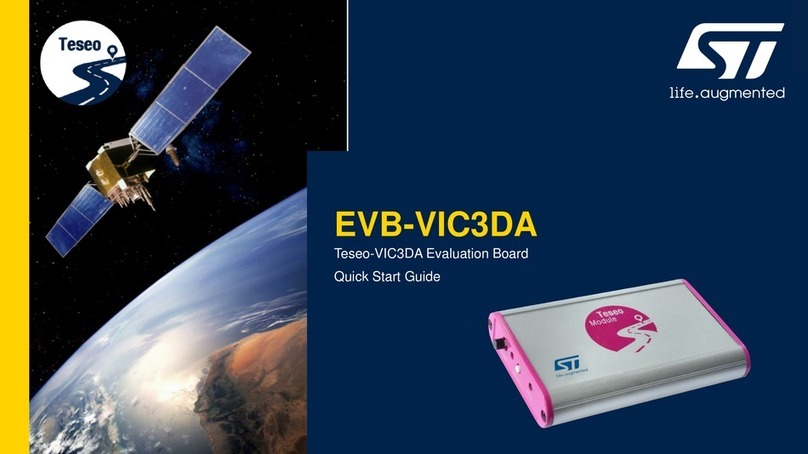
ST
ST Teseo-VIC3DA User manual
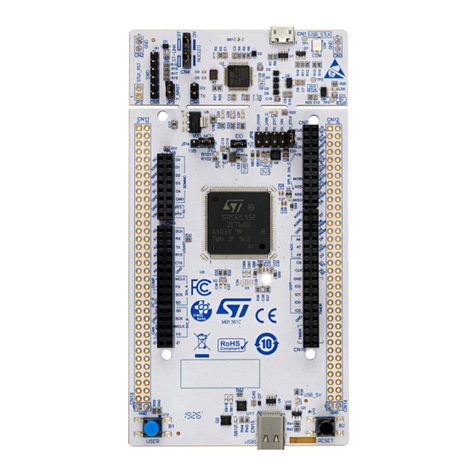
ST
ST STM32L5 Nucleo-144 board User manual
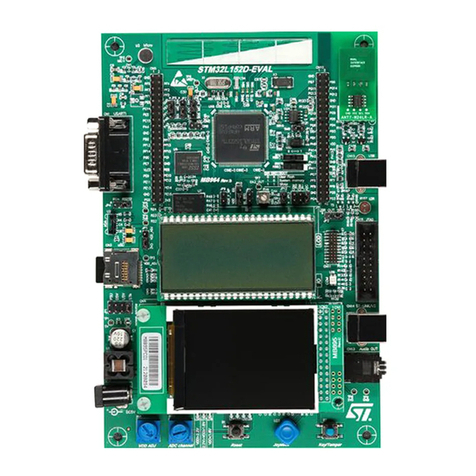
ST
ST STM32L152-EVAL Installation and operating instructions
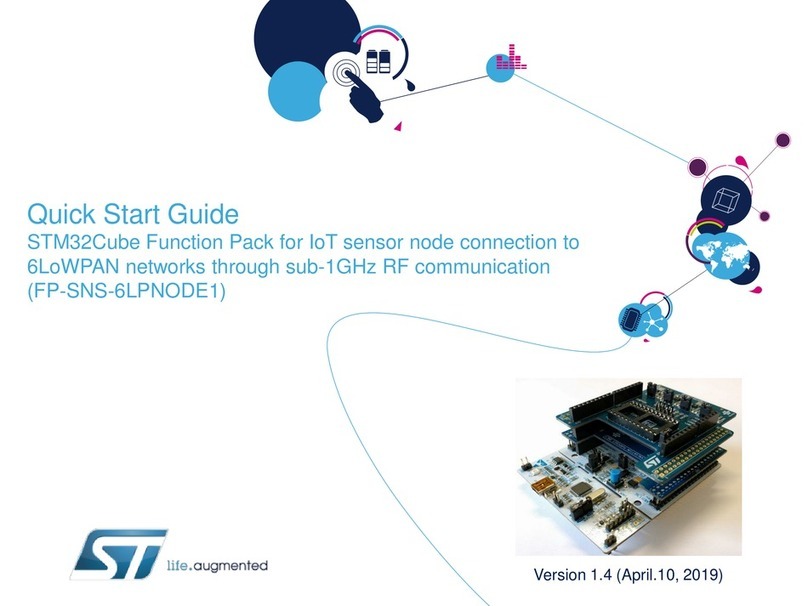
ST
ST FP-SNS-6LPNODE1 User manual

ST
ST SPC58XXMB User manual
